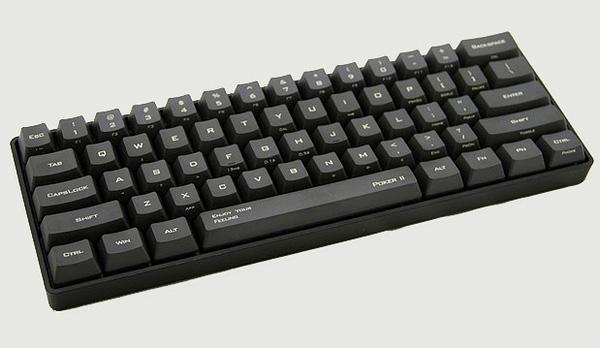
- Karabiner elements remap mouse software#
- Karabiner elements remap mouse mac#
- Karabiner elements remap mouse windows#
To find what options are supported by setxkbmap, you can run : But if you want an easier way, check out the last section below because, of course, there's an app for that! If you want to go down this route, be sure to check out: A simple, humble but comprehensive guide to XKB for linux. You also may have to find and use keycodes or events generated by your keyboard or mouse interactively.
Karabiner elements remap mouse mac#
There many be some set of xkeyboard-config options that'll work, but it's not straightforward the way it is on a Mac with Karabiner-Elements. bashrc or similar.īut what if you want to swap the right control and alt keys instead? Or some weird 4 way switch of keys? To make it auto set on login, put it in a script run from. Running setxkbmap only affects the current session, so logging out will wipe the settings. Swapping the left control and alt keys can be easy to do as there's a direct option for it too. Then the second option sets the capslock to control. The first blank "-option" clears any previously set. Setxkbmap -option -option caps:ctrl_modifier It has many common remappings like turning capslock to control : I tried to do some simple key remapping with it on Debian LXDE and it didn't work for me. Some xmodmap functionality remains, but it's clearly a deprecated system and it sometimes doesn't work. Prefer using setxkbmap if it'll do what you want. I'll link to some guides and answers below, but some big picture ideas to be aware of in 2020 for Linux key remapping: xmodmap is deprecated
Karabiner elements remap mouse windows#
So it's ironic but when it comes to keyboard and mouse key remapping and scripting, Linux is the more challenging than Windows (using AutoHotKey) or Macs (using Karabiner-Elements). Let me know if you have any questions or comments.Linux is known for choice and customizability.
Karabiner elements remap mouse software#
Logitech G Hubįor Logitech mice, you can use the Logitech G Hub software to do the mapping.įor any mouse, you can use Karabiner-Elements, which is typically used for customizing keyboards.Īfter installing these mostly free software, your mouse should be feeling much better. This will work in practically every application. The fix is to map your back button (usually mouse4) to the ⌘ + shortcut.

The back and forward buttons didn’t work for my Logitech mouse. Price: Free for 21 days, then $9.98/year Enable back/forward button functionality It will also fix the choppy scrolling that you experience in apps like Safari. Scroll acceleration feels pretty good on trackpads, but it’s weird on a scroll wheel when you expect each notch on the wheel to scroll the same amount.


Price: Free Disable scroll acceleration and fix the choppy scrolling Website: Link - Scroll to the bottom, under the Miscellaneous section If you look around, there is a command line solution that doesn’t seem to work on the M1 Macs, so I recommend ExactMouse.ĮxactMouse doesn’t have much in the way of customization or settings, but the mouse motion feels great and similar to Windows. This app works on both Intel and M1 Macs. I discovered an app called ExactMouse, made by SteelSeries. Enable back/forward button functionality.In this guide, I’ll show you all the tools you need to fix your mouse experience. Not to mention the back and forward buttons might not work either. However, all the optimizations like mouse acceleration, scroll acceleration, etc don’t feel so good on a mouse. You may have noticed that when you connect an external mouse to your Mac, it doesn’t feel so great.


 0 kommentar(er)
0 kommentar(er)
